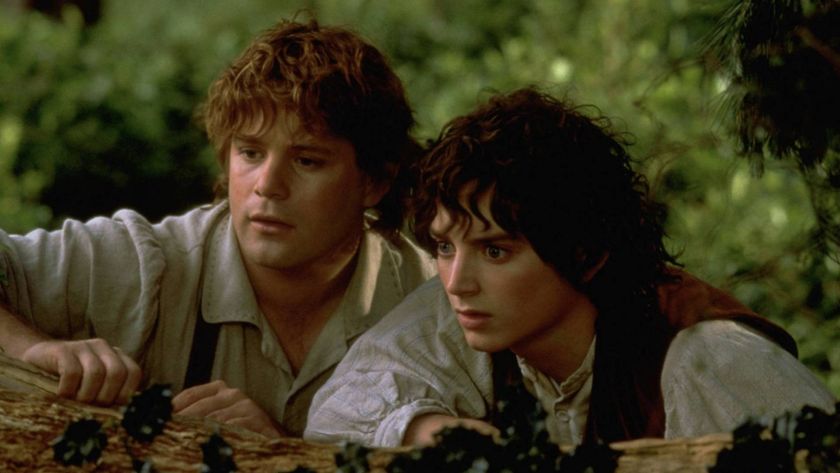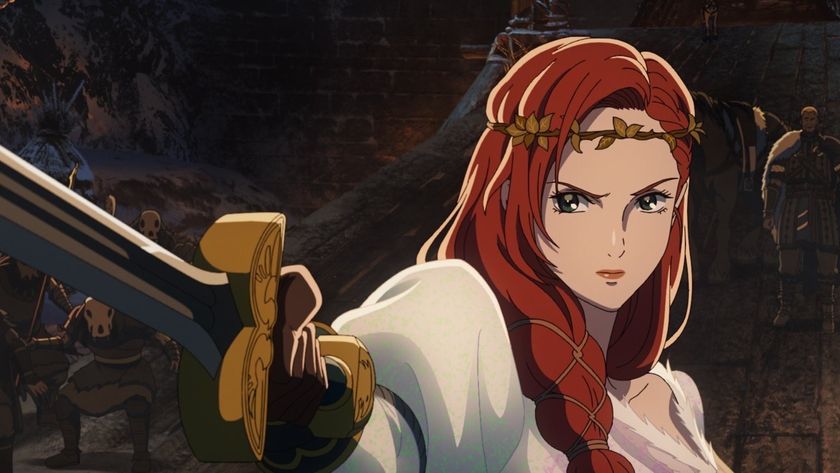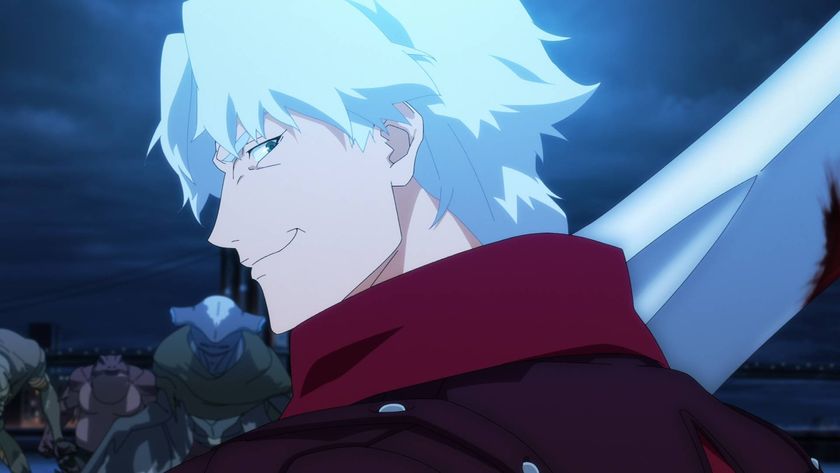The Hobbit: An Unexpected Journey: 50 Best Moments
Welcome back to Middle-earth (Warning: HUGE spoilers follow)
Bilbos Spring Through Bag End
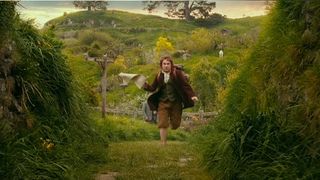
We’re opening this feature on a moment that any self-respecting Hobbit fan will have seen.
Heck, you’re like to have seen it if you’ve been to the cinema within the last few months.
But be warned: HUGE spoilers will follow. Ent-sized spoilers. The kind of spoilers that anyone who hasn’t seen The Hobbit: An Unexpected Journey will wish to cast into the very fires of Mount Doom.
So if you haven’t seen AUJ , leave now (and don’t even think about reading the comments section), and return once you’ve caught up with Peter Jackson’s epic prequel.
Still with us? Then we look forward to going in-depth on the greatest bits that The Hobbit had to offer (and there were plenty). And as ever, we’d like to hear about your favourite moments in the comments.
Here we kick things off with a moment that featured heavily in the trailers, and, fittingly, kicks off the movie’s adventure.
Bilbo, having had time to sleep on Gandalf’s offer of partaking in an adventure with the Company of Dwarves, realises he actually quite fancies leaving behind his cosy hole-in-the-hill to grubby up his fingernails on quest for gold.
Bilbo sprints across Bag End, contract flailing in his hand, announcing with a cry to his neighbours that, “I’m going on an adventure!” We’re very glad to be joining you, Bilbo.
And if that weren’t enough to get the hairs on the back of your neck pointing skyward, the Howard Shore’s rousing score surely will, as the jangling jaunty tune that accompanies Bilbo’s exit gradually segues into the classic Hobbiton theme that defined the most hospitable location in all The Lord Of The Rings movies.
Saruman Returns
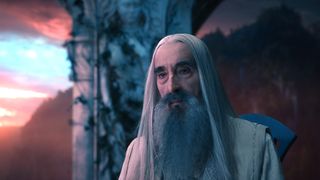
The spot-on casting was one of the key successes of The Lord Of The Rings , with Jackson hiring some big guns to add heft to the fantastic story.
A familiar face returns in An Unexpected Journey , as Christopher Lee’s Saruman joins a debate around the table of Elrond, in Rivendel.
Though more than a decade has passed since Lee first essayed the white wizard in Fellowship , he’s lost none of his booming authority, and his appearance is leant a portentous backnote of menace, as he obviously knows a great deal more about this plague of darkness that’s sweeping the forests than he lets on.
As Christopher Lee was unable to travel to New Zealand, his scenes were filmed in London’s Pinewood Studios.
Loco Logo
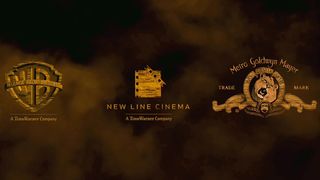
The studio logos can often pass you by, serving as nothing more than a few extra seconds to get your cinema snacks in order.
Occasionally it’s worth taking notice of, with recent notables including Scott Pilgrim Vs The World ’s retro 8-bit styling, and the Argo ’s era-aping ‘70s-style shield.
If you saw The Hobbit in 48FPS (48 frames per second - Jackson’s experimental new filming technique that crams twice as many images as a standard film), the Warner Bros and MGM logos would have been the first clue that you were watching something special.
The blue and gold of the WB badge shines more brightly than usual, before being broken up into its constituent parts in immaculate 3D, and reforming as the New Line logo.
Then it’s swiftly on to MGM’s roaring lion, who’s hasn’t looked this crisp and immediate since his 1924 bow.
Fluttering By
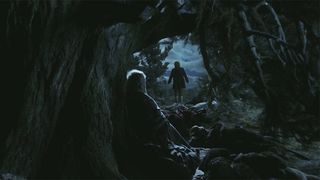
Sometimes, it’s the little details that matter.
Sign up for the Total Film Newsletter
Bringing all the latest movie news, features, and reviews to your inbox
If Gimli was anything to go by, it was always clear that The Hobbit ’s Company of 13 little people would bring the laughs.
Rather than just going for cheap laughs, this sequence somehow turns a gross out moment into something oddly beautiful.
Early on in the quest, after the Company have settled down for the night, Bombur’s (Stephen Hunter) sleeping patterns are shown to have quite an impact on the local insect-life, as his cavernous snoring hoovers up a brace of butterflies that float past, only for them to emerge when he exhales.
They’re not safe for long though…
Enter The Forest
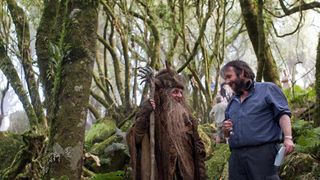
With Middle-earth refreshed with eye-watering clarity thanks to 48FPS, The Hobbit shows off its environments in a whole new light.
One of the most effective showcases for the blending of New Zealand environment and movie-set magic comes with our introduction to Sylvester McCoy’s Radagast The Brown.
As the camera pans downwards from a vast vista and into the enchanted forest in which Radagast is pootling around, the shot looks like a pop-up fairytale book come to life, giving the scene an otherworldy (as opposed to simply artificial) quality.
Sting Goes Out
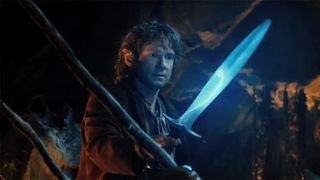
Just a small moment this, but one that speaks to the level of detail and invention that exist in this world.
And one that provides a bit of technical detail on one of the movies’ coolest weapons.
The Elf-crafted sword that Bilbo uses on his quest (to be later dubbed Sting, but that’s another film entirely) comes with the neat trick of glowing blue when Orcs or Goblins are nearby, a feature that’s used to great dramatic effect throughout the saga.
When Bilbo, having tumbled into Gollum’s lair, sees the ring-obsessed Halfling dragging off a Goblin carcass, the sword is still illuminated.
That is until Gollum caves the creatures head in with a rock and Sting goes out with a flicker in a genuinely chilling scene.
The Invention Of Golf
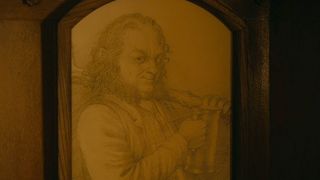
“All good stories deserve embellishment”, according to Gandalf, and Peter Jackson must surely agree, with this line serving as a nod to the additional material that’ll be worked into The Hobbit to make it fill a trilogy.
The line comes after a story straight from the novel, in which Gandalf relays the story of Bilbo’s great great great great uncle Bullroarer Took, who was tall enough to ride a standard horse, and in slicing the head off a Goblin (with the decapitated bonce landing directly in a hole some yards away) invented the game we’ve come to know as golf.
A humourous nod to the rich history of the Tolkien-verse, and a nice Easter egg for readers.
Got A Hankie?
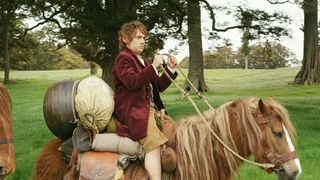
Nothing sums up Bilbo’s adventurer spirit better than when, mere miles outside of the Shire, he demands the Company stop in their tracks. The reason? He’s forgotten his handkerchief.
Martin Freeman’s haughty pomp sells the scene, but the payoff comes when Bofur (James Nesbitt) tears of a strip of his coat and passes it to Bilbo as a makeshift nose-blower.
Nothing sums up the Dwarves better than that.
Feel The Sting
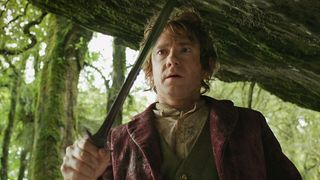
The relationship between Gandalf and Bilbo is key to The Hobbit .
Not only does the hirsute conjuror set the homebody on his adventure, but they have a symbiotic friendship that informs the movie as a whole (more on that later).
When Gandalf hands Bilbo the sword that will be dubbed Sting (a potent reminder of Fellowship ), his accompanying speech is one of the early stirring moments of AUJ .
Gandalf’s wise words (“The important thing is not knowing when to take a life, but knowing when to spare one”) are given a kindly gravitas by Ian McKellen, and noble sentiments, expressed concisely, are what helped to place LOTR far above its competitors.
Nice Weather(top) For Orcs
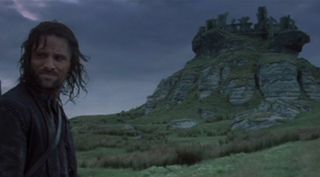
When Azog, the white Orc, and his assembled hordes gather to plot their attack on the Dwarves, their location looks oddly familiar.
Could it be that they hold their meetings at Weathertop, when Aragorn and co were attacked by Ringwraiths in Fellowship ?
Or is it just visually reminiscent, another Middle-earth beauty spot, dotted with craggy rocks.
The presence of a recognisable statue virtually confirms the location, but either way, the echo’s there, and it’s a suitably ominous zone for a meeting of such wretches.

I'm the Editor at Total Film magazine, overseeing the running of the mag, and generally obsessing over all things Nolan, Kubrick and Pixar. Over the past decade I've worked in various roles for TF online and in print, including at 12DOVE, and you can often hear me nattering on the Inside Total Film podcast. Bucket-list-ticking career highlights have included reporting from the set of Tenet and Avengers: Infinity War, as well as covering Comic-Con, TIFF and the Sundance Film Festival.
